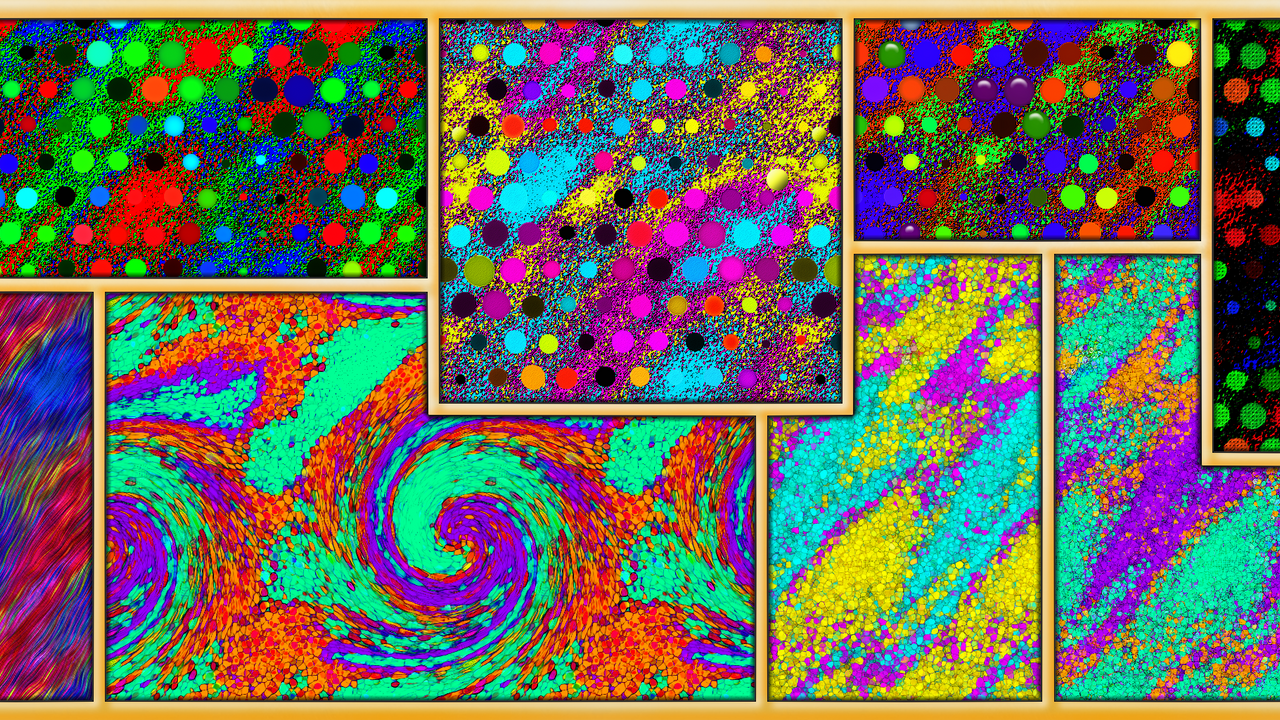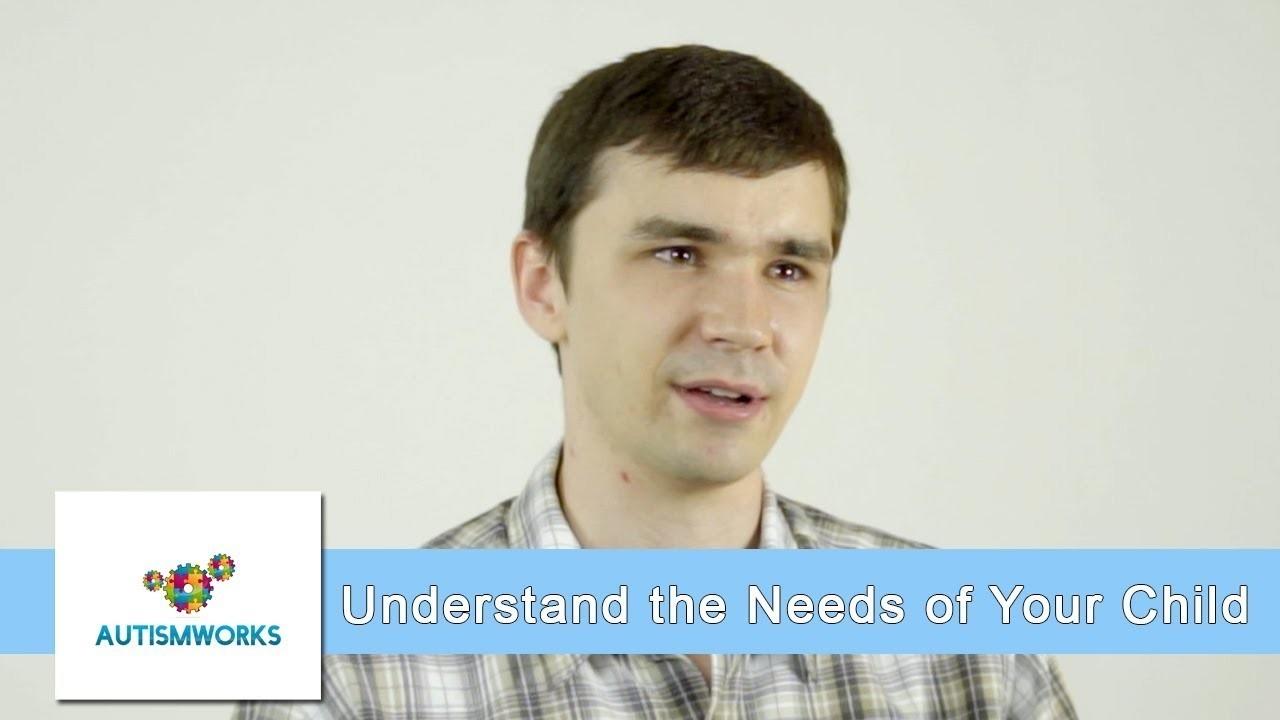Categories
All Categories #autismcommunity #autismfriendly #autismsupport #confidencebuilding #growthmindset #inclusiveactivities #newexperiences #parentingtips #personalgrowth #resilience accept activities adaptive clothing adaptive learning adaptive techniques adolescence adult adulting with autism adventure affection alp animal animals animation appearance arizona art art therapy artistic engagement asd attitude audience audio author autism autism acceptance autism accommodations autism action autism adventure autism adventures autism advocacy autism and airports autism and flexibility autism and hobbies autism and nature autism and nutrition autism and sports autism awareness autism care autism communication autism community autism development autism education autism employment autism interests autism parenting autism parenting tips autism sensitivity autism strategies autism strengths autism support autism support networks autism therapies autism tools autism transition autism travel tips autism-friendly destinations autism-friendly platforms autismworks avoid awareness bad habit baking balance in life ball baseball becoming one behavior behavior management behaviors better bicycle blog boat book books boredom boring breaking routines breakthrough bridge bullies bully bullying bus bus ride camera care career development cars cartoon cartoons casual celebrating fixations celebration challenge challenges change chaos chaotic child child behavior child development child well-being children choir chorus city city lights classical clothing clothing tips coffee cold colors comfotable clothing communication communication aids community community building community inclusion community involvement community stoies community support companionship competing computer computer games computers confetti confidence confidence building contact conversation cooking coping mechanisms coping strategies courage cover crashing waves creative expression creative learning creativity crickets crow crows cushion customizable learning environments cycle daily life with autism daily routines autism dance dancing dark definition depression development diagnosis diagnosis guidance diet dietary diversity dietary management travel difference different digital tools for autism diversified interests diversity doodle drag drag racing drawing driving eating eccentric edit editing education educational planning educational strategies educational technology educator educator training autism elementary school embracing change emotion emotional growth emotional regulation emotional support emotions employment and autism encouragement end engaging online students enjoy entertainment essay essential event events example excitement exciting exercise expected experiences explore exploring new things exposure expressive arts eye contact eyes fail fail forward failure family family bonding family care family first family travel fascination fashion fast father fear fidget fidgets flight flipper flowers food footage forgive forgiving formation found freedom fresh friend friendly friendship frogs frustration fun fun experiences future preparedness game games gateway academy gestures gift gradual exposure graduation group group picture time growing up grown up habit handle hard harmony health health and wellness healthy healthy eating hearing helmet help hero high school history hobby clubs hope horrible threes how to be social hug hugging hugs humor hygine idea identity iep ignored imagination imitate impact inclusive environments inclusive vacations independence independence in autism independence skills independent living innocence inspiration interactive learning interests isolation jobs jody jody mcnamer joy keynote keynote event keynote speaking kids knowledge kopachuck learn learning learning flexibility learning in nature learning patterns left life balance life skills development lifestyle balance lights limits listen listening literature live live event live sports enjoyment living living with autism look looks lost making peace managing overload managing sensory needs marine biology mariners baseball mealtime strategies media melody meltdown meltdown prevention meltdowns mental health in autism message microphones mind mindfulness in autism mindfulness techniques mistakes modified mom mood moon mother mothers motorcycle movie movies muckleshoot music music in learning music therapy mysterious nail nail biting names national autism awareness day natural environments nature nature therapy need needs neurodiversity neurodiversity at work new new environment adaptation new experiences news night nighttime noise noises non-verbal communication numbers nurotypical nurturing talents observation obsessive compulsive disorder occupational ocd one world observatory online learning autism opportunity order others ourselves outdoor activities overcoming anxiety overwhelmed pandemic para parent parent support online education parental self-care parenting parenting tips parties party passion to profession patience patience in growth pattern patterns peace peer peer preasure perfect perfectionism perseverance personal growth personal style personal well-being perspective pets photography physical health piano picky eating solutions picnics pinball plane play playing playtime pop1 population one portraits press privacy private program progress progression proper prove public speaking public transportation pullman puppet puzzle puzzling race racing reach out reading reality recovery reflection regulations relate relationship relationships remote learning strategies repeat repetition repetitions ride right routine salmon same scenery school screens seat self self confidence self discovery senses sensitive sensorty friendly sensory sensory adaptation sensory benefits sensory integration sensory overload sensory processing sensory sensitivities sensory sensitivity sensory strategies sensory therapy sensory tools sensory-friendly activities sensory-friendly recipes sensory-friendly tips sequel share sharing shy silence sing singing situations skills sleep snow snowboarding snowing social social communication social interaction social interactions social media social skills social skills development social skills in autism social student socisl skills development soft solitude benefits song songs sound sounds space speak speaking engagement special needs resources speech speed sports sports events spring stars stop stradegies stradegy stress management stress reduction stress relief stripes structured socializing struggle student students success superhero support supportive environments swim swimming tablet tagless fashion talk talking taste bud development teachers teen teenager teens television terrible-twos the figure the hug the perfect year theory therapeutic activities therapy think thinking thought tiger tips tool top 5 topic touch toys train transition travel travel anxiety travel preparation traveling trends tribe trip try tv tyler tyler mcnamer tyler talks tylertalks underappreciation understand understanding understood unexpected unique abilities universal design unusual variety video video games videos villain visuals void watch water weather appropriate weekly newsletter welcome wheels winter with words world write writer writing year young adults zoo
0




